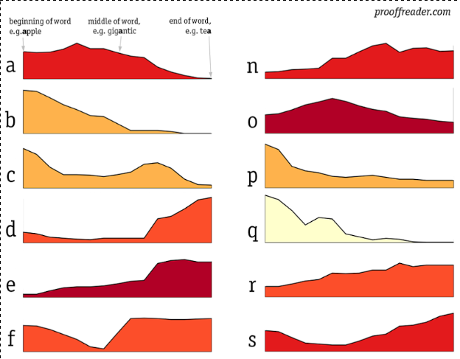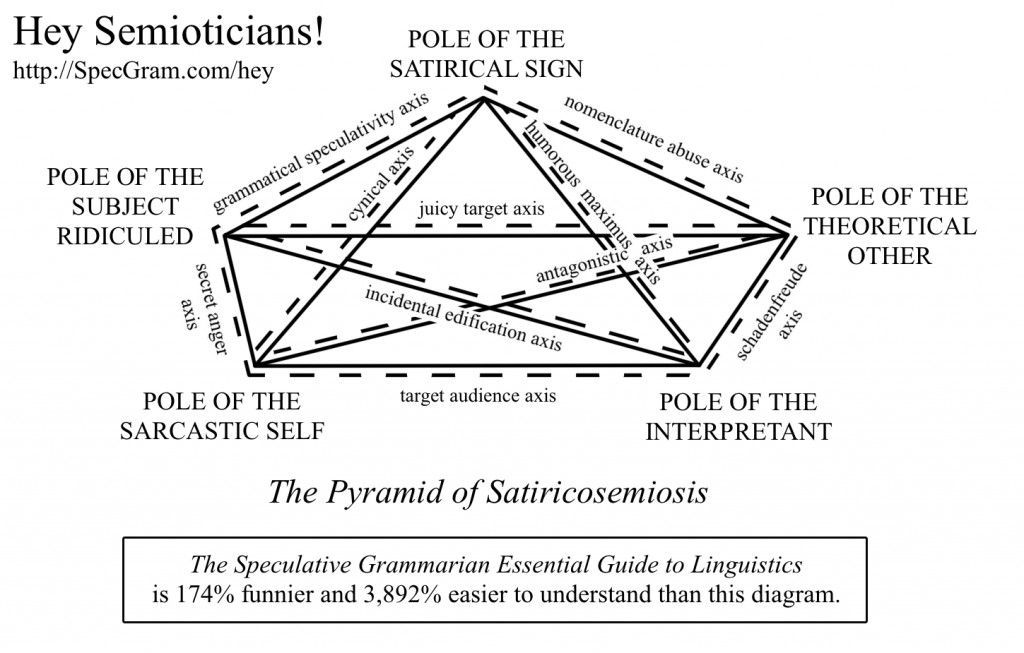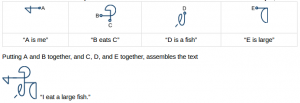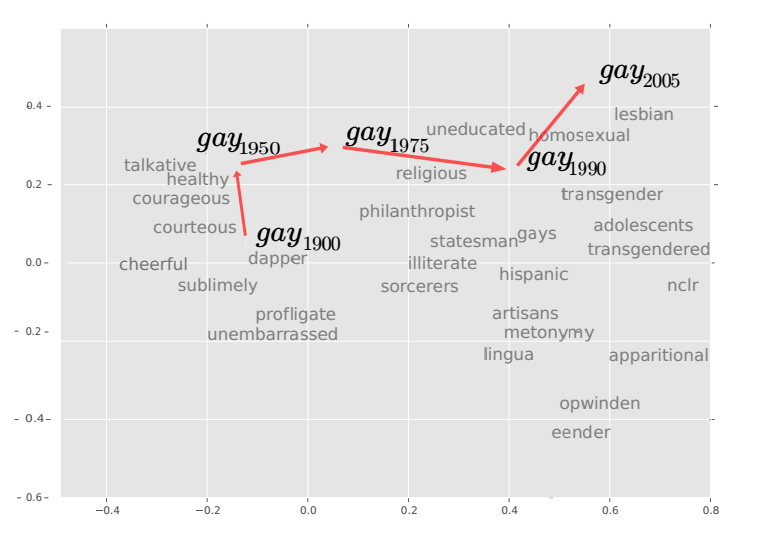Master Metaphor List (2nd edition) by George Lakoff, Jane Espenson, and Alan Schwartz.
From the cover page:
This is the second attempt to compile in one place the results of metaphor research since the publication of Reddys‘ ‘The Conduit Metaphor’ and Lakoff and Johnson’s Metaphors We Live By. This list is a compilation taken from published books and papers, student papers at Berkeley and else where, and research seminars. This represents perhaps 20 percent (a very rough estimate) of the material we have that needs to be compiled.
‘Compiling’ includes reanalyzing the metaphors and fitting them into something resembling a uniform format. The present list is anything but a finished product. This catalog is not intended to be definitive in any way. It is simply what happens to have been catalogued by volunteer labor by the date of distribution. We are making it available to students and colleagues in the hope that they can improve upon it and use it as a place to begin further research.
We expect to have subsequent drafts appearing at regular intervals. Readers are encouraged to submit ideas for additions and revisions.
Because of the size and complexity of the list, we have included a number of features to make using it easier. The Table of Contents at the beginning of the catalog lists the files in each of the four sections in the order in which they appear. At the beginning of each section is a brief description of the metaphors contained within. Finally, an alphabetized index of metaphor names has been provided.
What I haven’t seen at George Lakoff’s website are “subsequent drafts” of this document. You?
Nowadays I would expect the bibliography entries to be pointers to specific documents.
It was in looking for later resources that I discovered:
The EuroWordNet project was completed in the summer of 1999. The design of the database, the defined relations, the top-ontology and the Inter-Lingual-Index are now frozen. EuroWordNet)
I wasn’t aware that new words and metaphors had stopped entering Dutch, Italian, Spanish, German, French, Czech and Estonian in 1999. You see, it is true, you can learn something new everyday!
Of course, in this case, what I learned is false. Dutch, Italian, Spanish, German, French, Czech and Estonian continue to enrich themselves and create new metaphors.
Unlike first order logic (FOL) in the views of some.
Maybe that is why Dutch, Italian, Spanish, German, French, Czech and Estonian are all more popular than FOL by varying orders of magnitude.
I first saw this in a tweet by Francis Storr.




